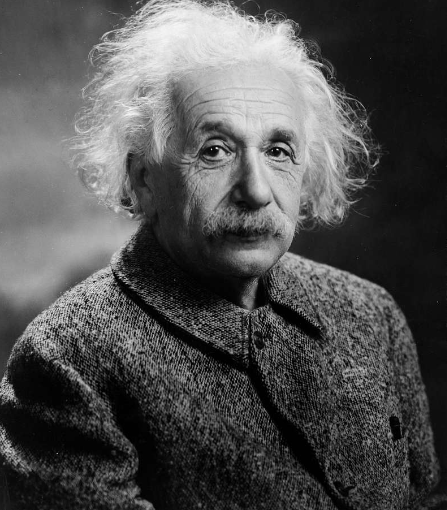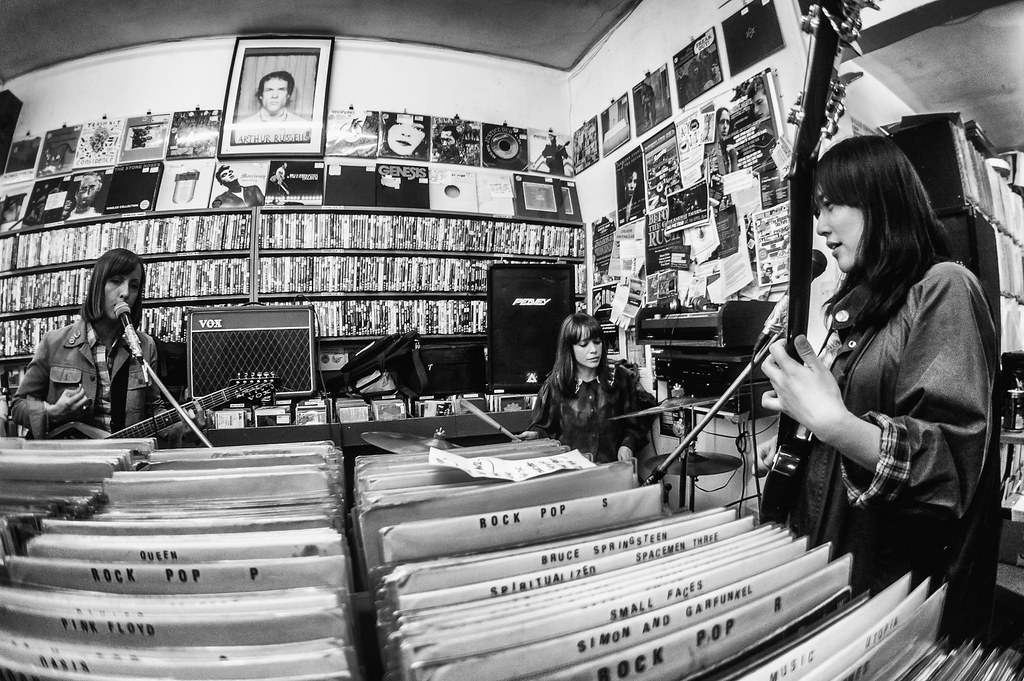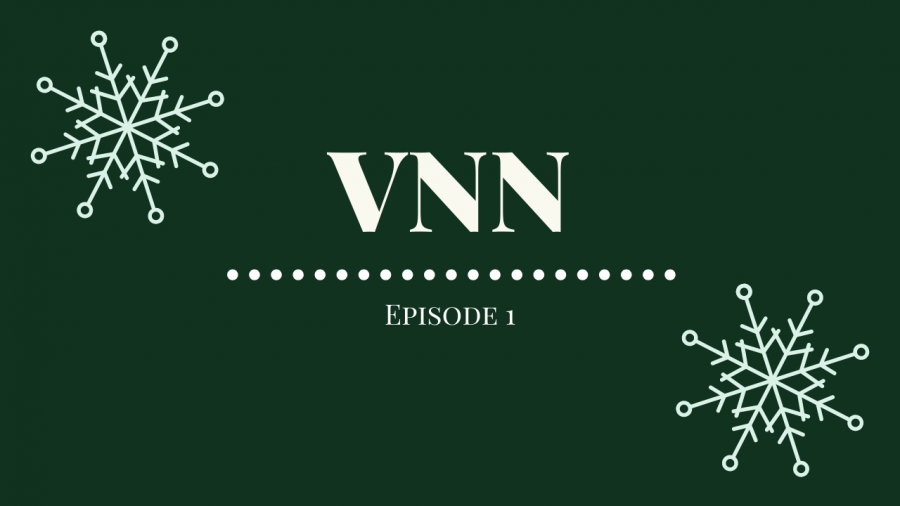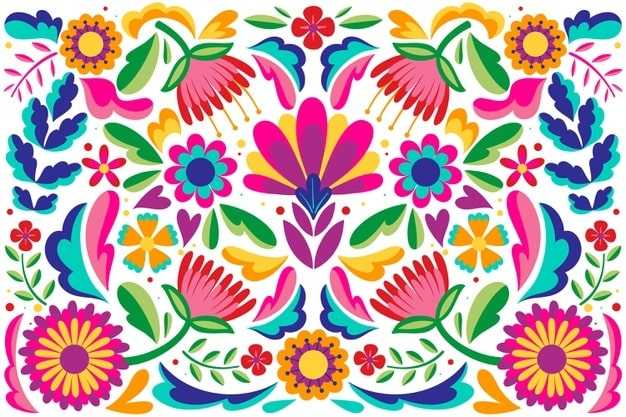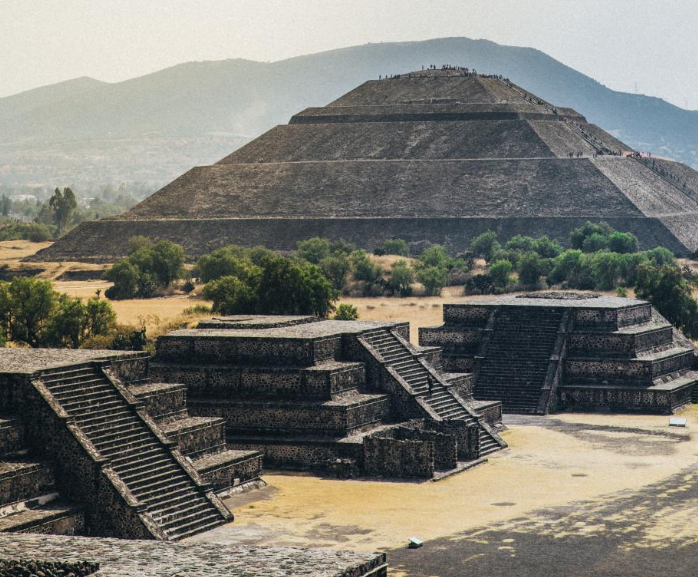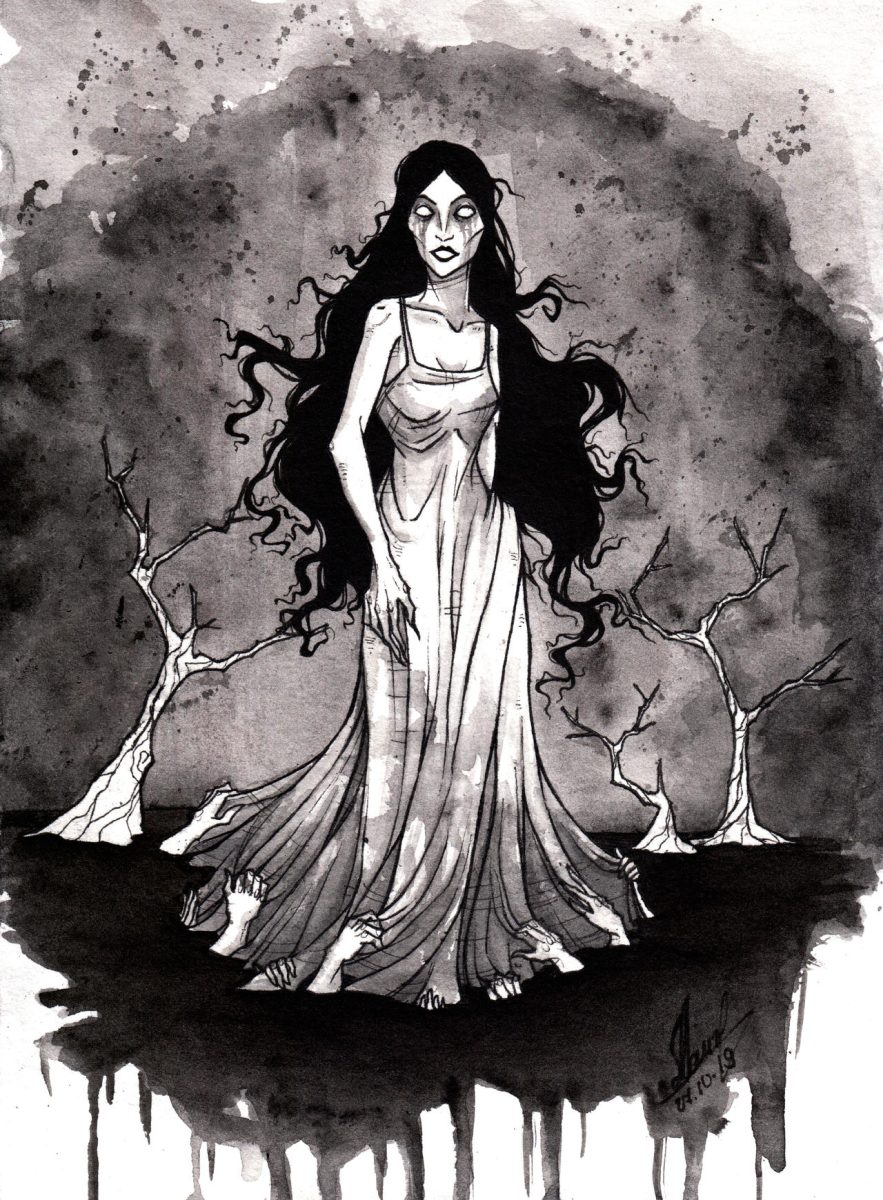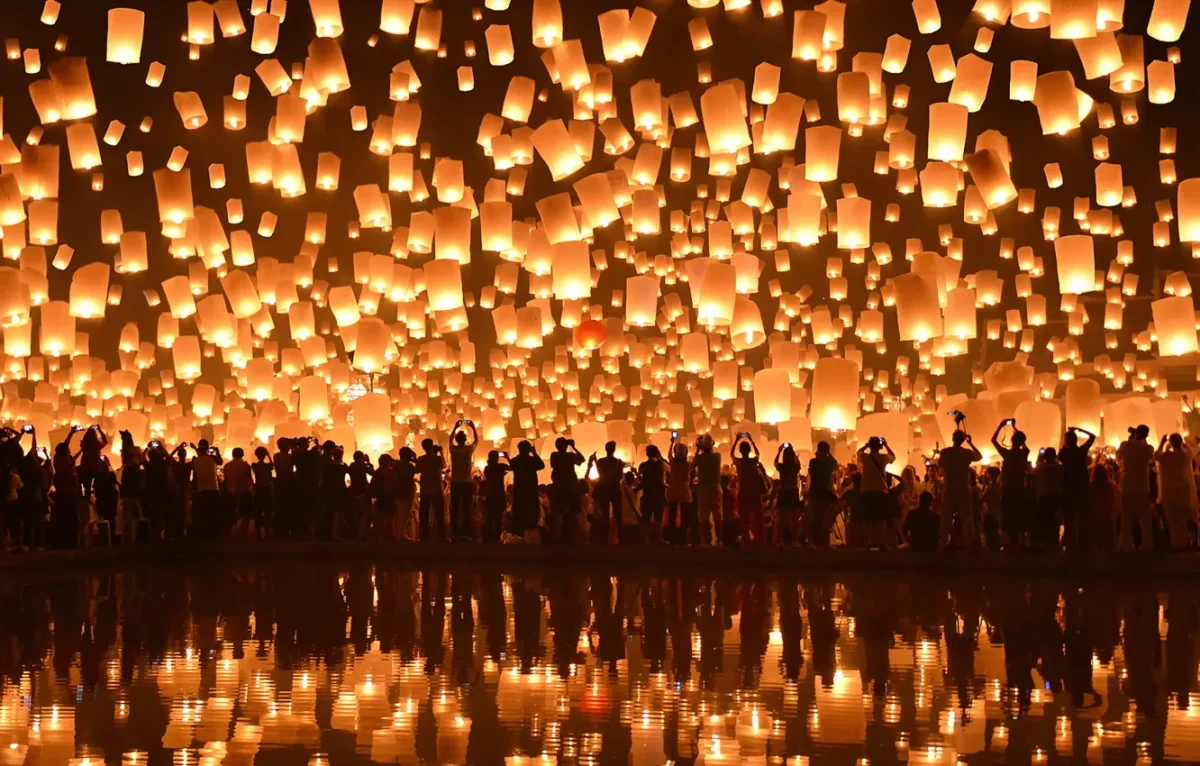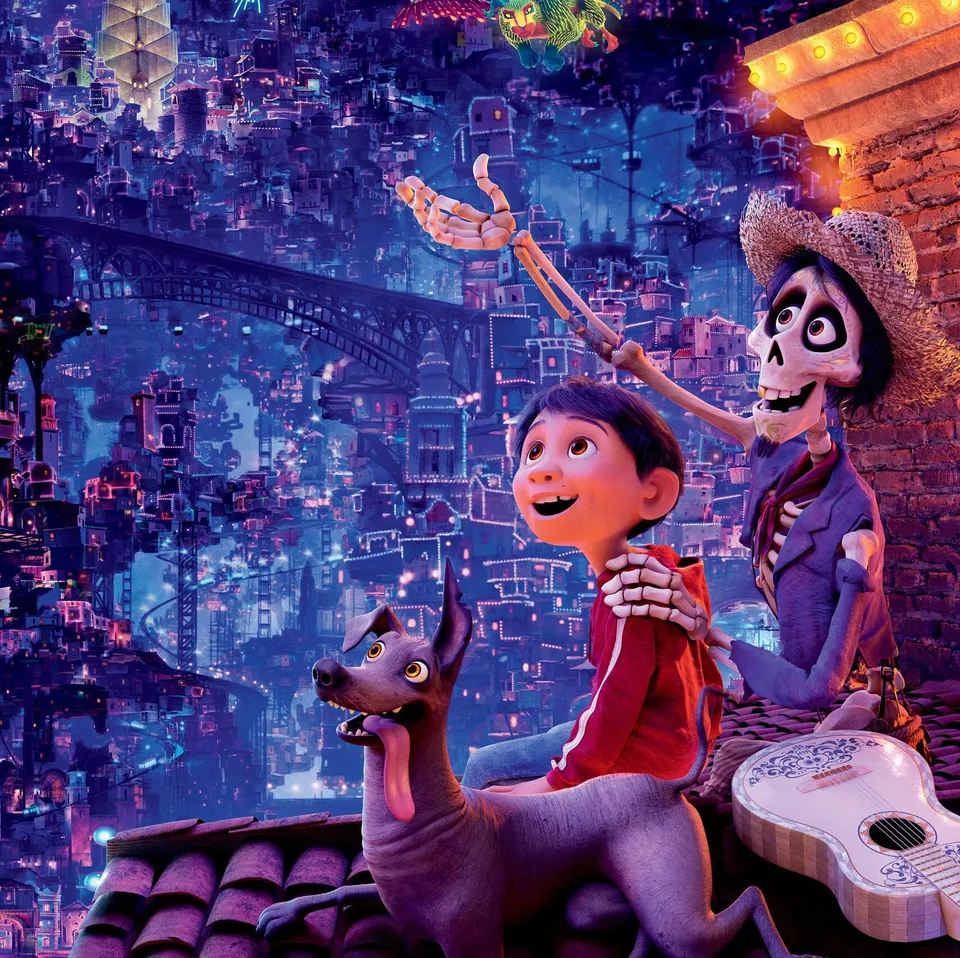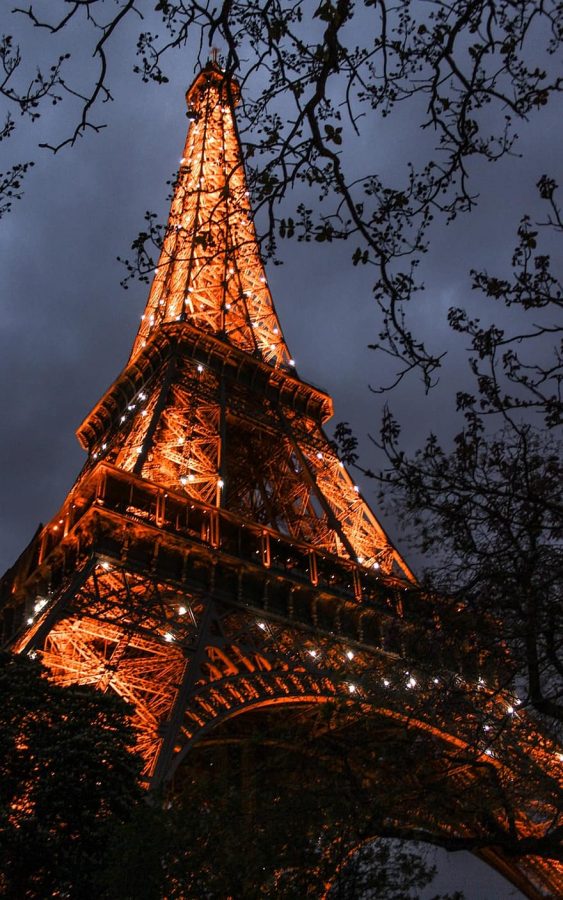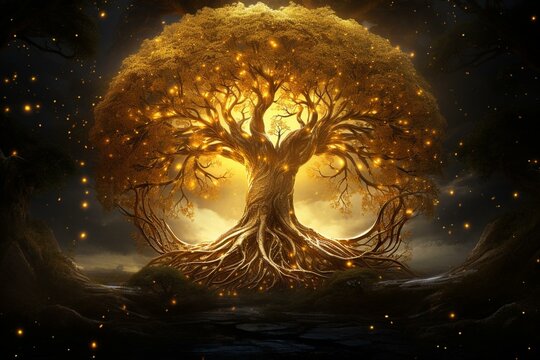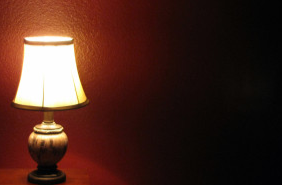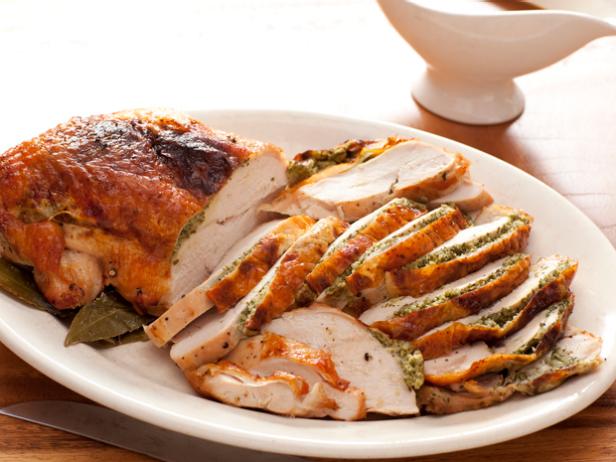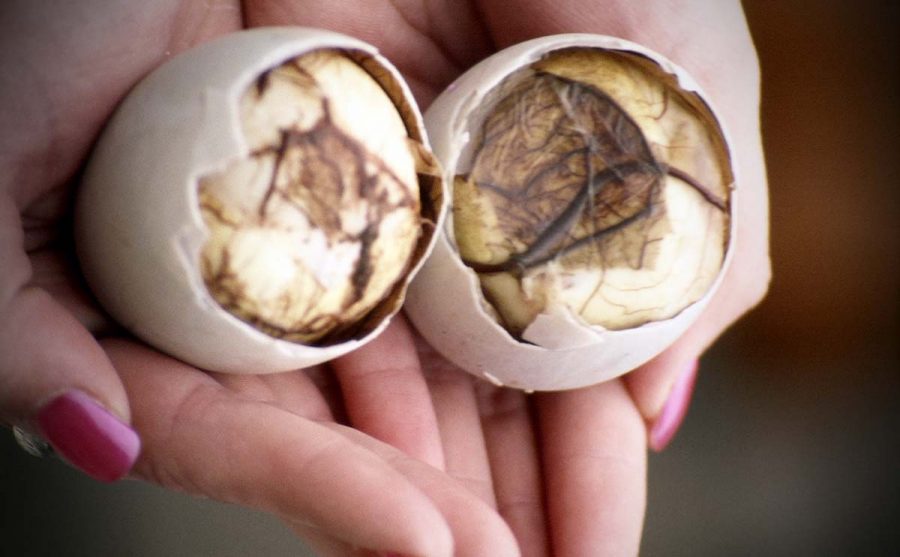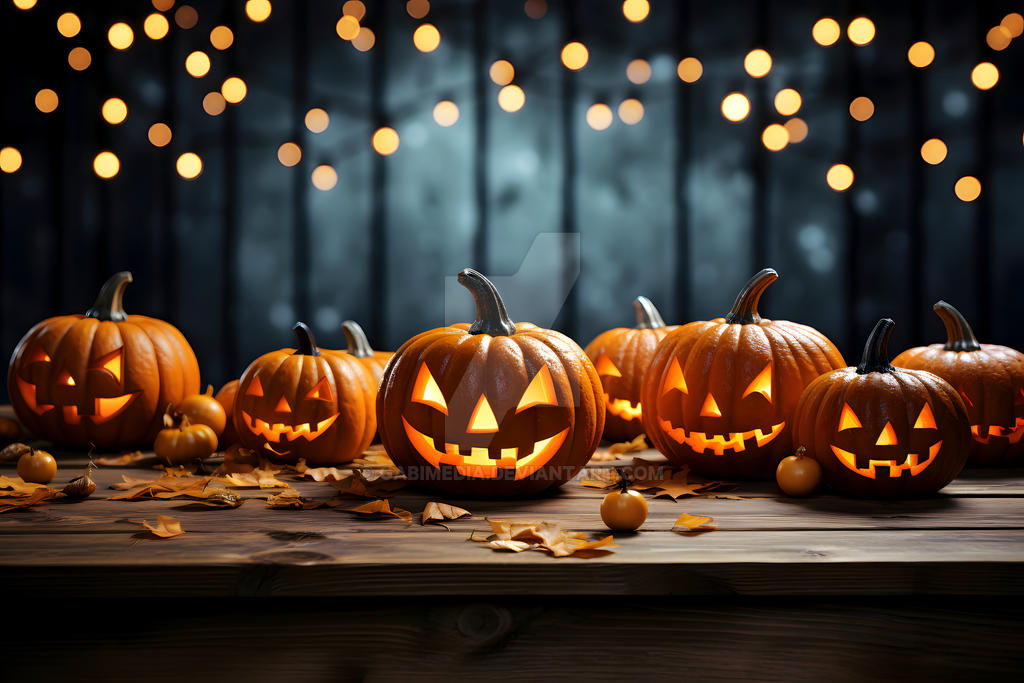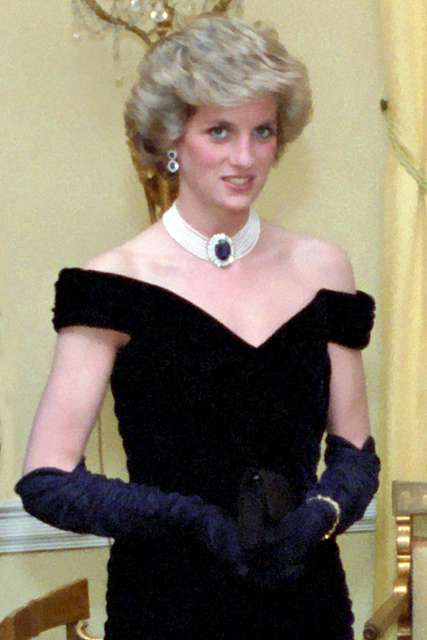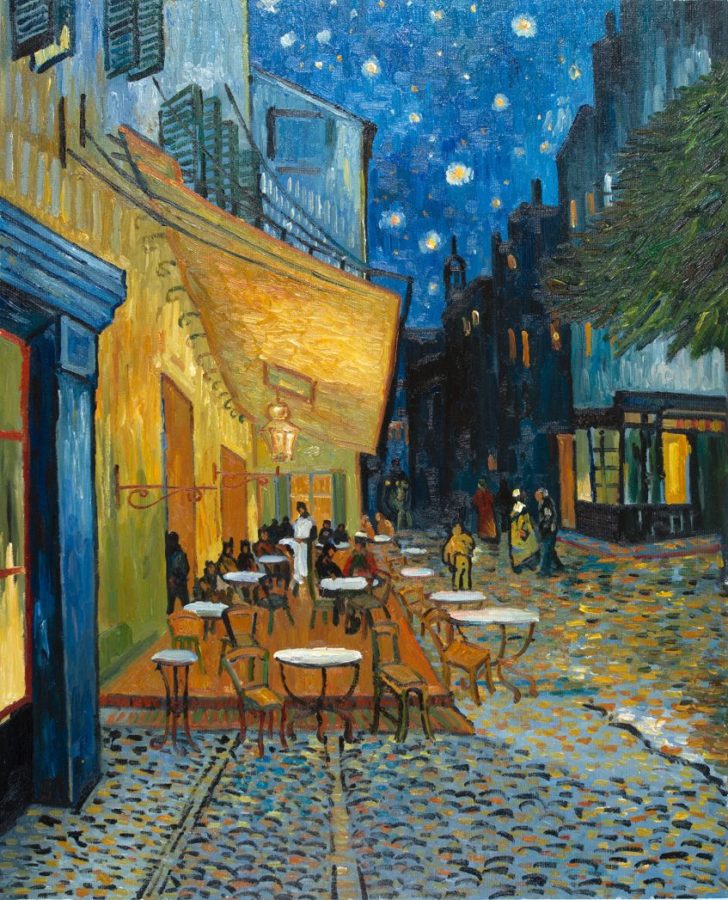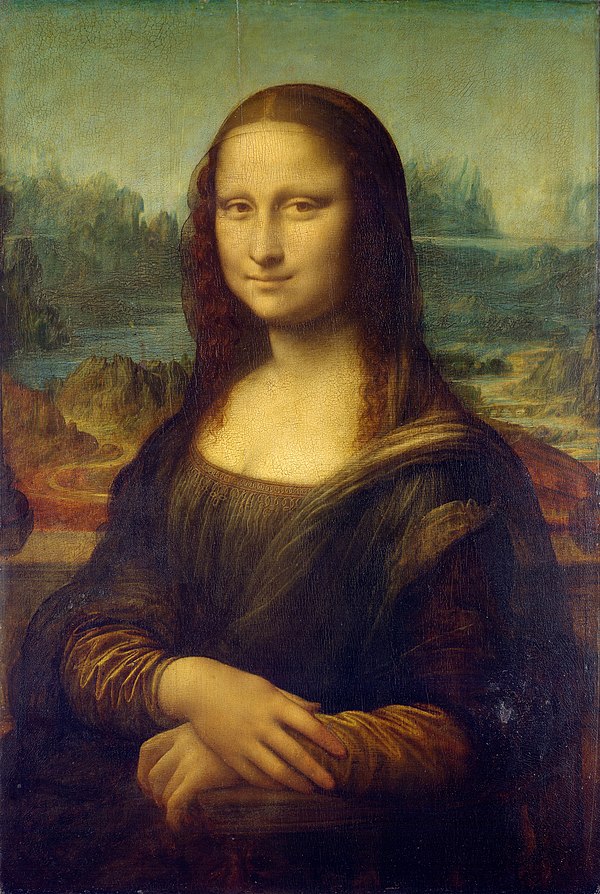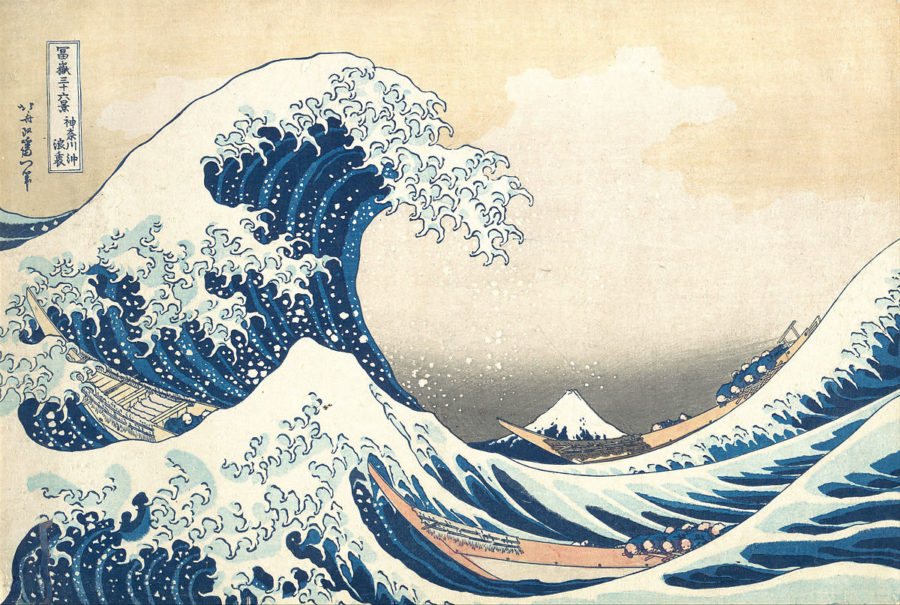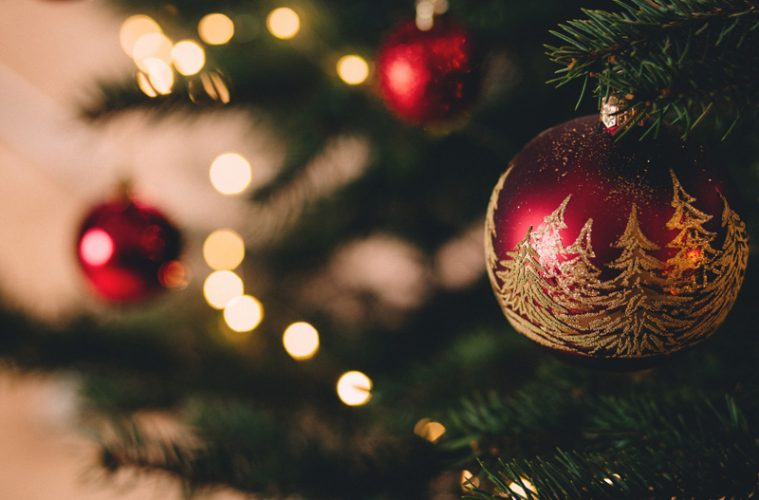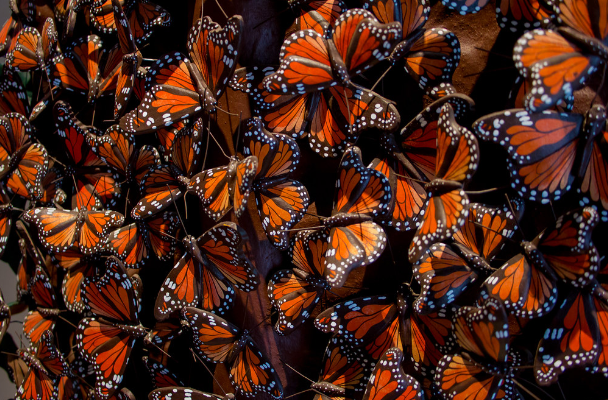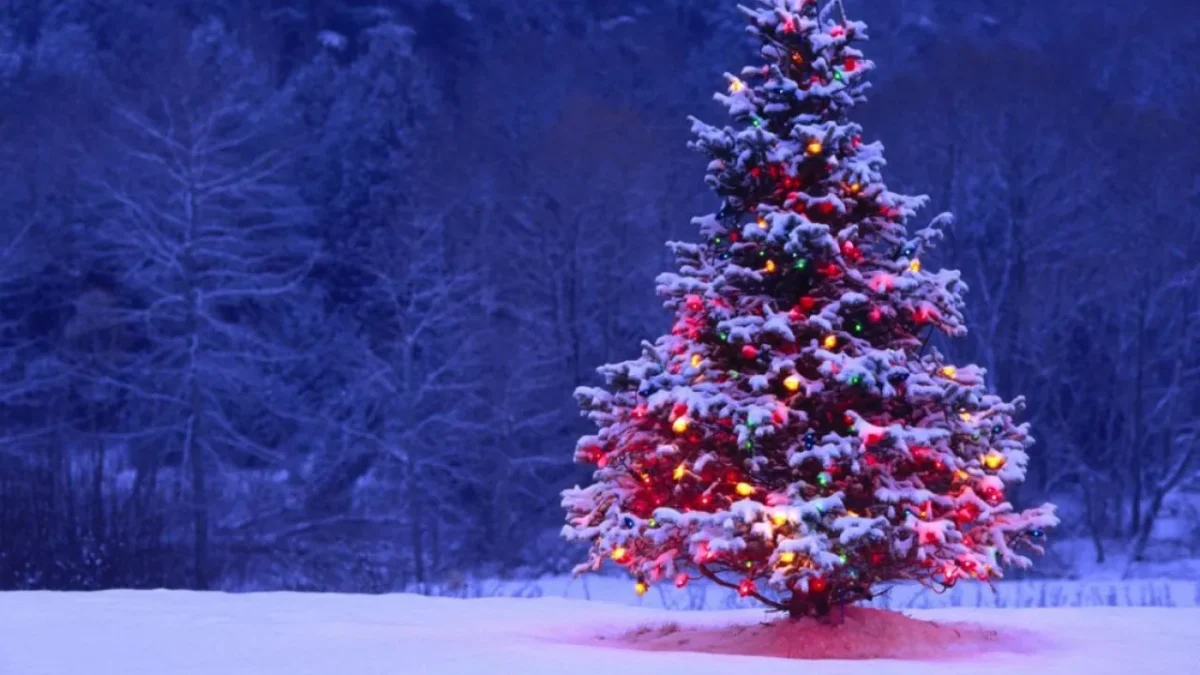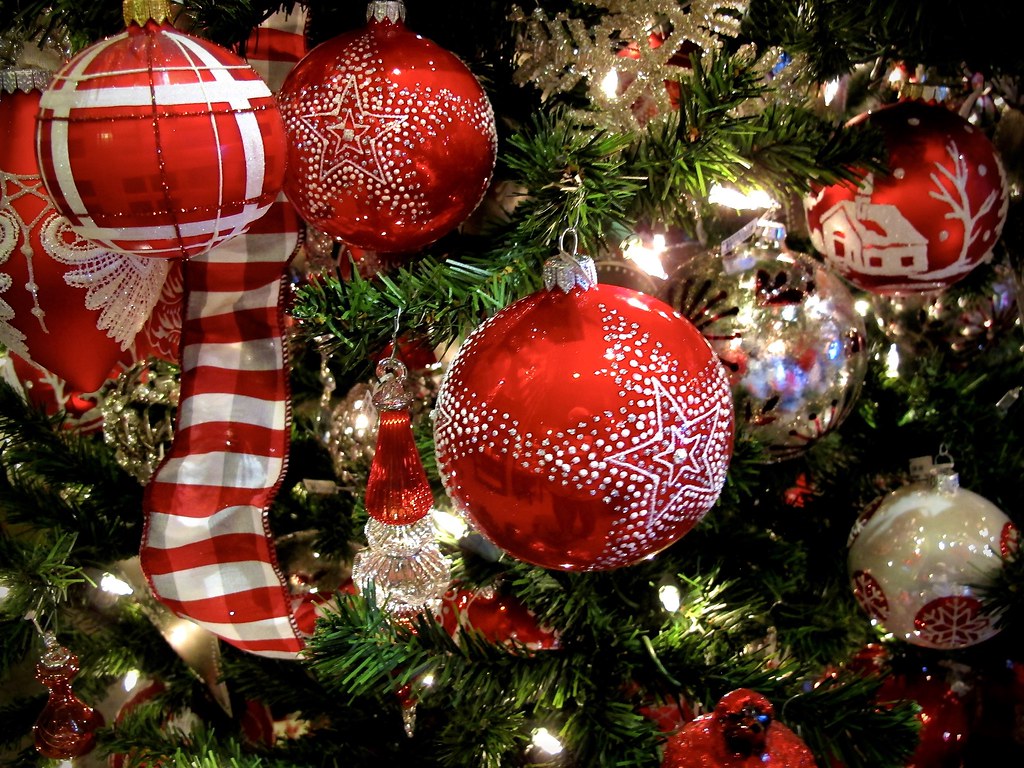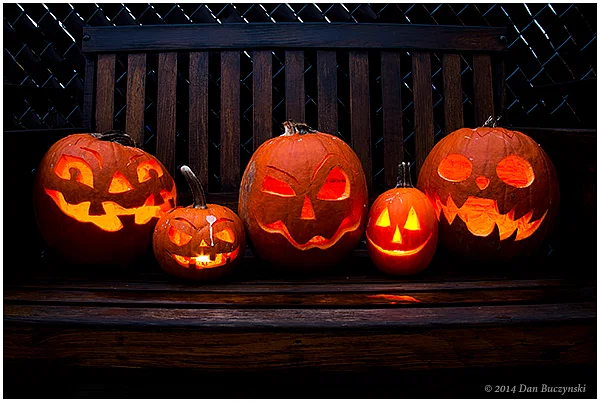The Shangyuan Festival, known as the Lantern Festival, is a traditional Chinese festival celebrated on the fifteenth day of the first month in the lunisolar Chinese Calendar. The festival usually falls in February or around early March and marks the final day of the traditional Chinese New Year celebrations. During the celebration, children go out at night carrying paper lanterns with them and solve riddles on the lantern. In ancient times the lanterns were simple, and only the emperor and nobleman had large orenten lanterns. In modern times they came out with more complex designs of lanterns.
The origin of this important lantern festival dates back to more than 2,000 years ago during the reign of Emperor Wen of the Han dynasty. Emperor Ming, an advocate of Buddashim, noticed Buddist monks would light lanterns in their temple on the fifteenth day of the first lunisolar month. As a result, the emperor ordered all households, temples, and the palace to light lanterns on that evening. From that day it turned into a folk custom to the emperor and his people. After Emperor Wu decided to make the light lanterns an important celebration and the ceremony would last throughout the night.
The Lantern Festival is a tradition in many ways as earlier in the days young people were chaperoned in the streets in hopes of finding love. Match Makers were busy in hoping to pair couples. During the Lantern Festival, the brightest lanterns were a symbol of good luck and hope, which as time passed by, no longer had a meaning in most of Mainland China, Taiwan, or Hong Kong. Another tradition that occurs during the Lantern Festival is a glutinous rice ball typically filled with sweet red bean paste, sesame paste, or peanut butter called Tangyuan. Apart from that there is another delicious plate called Yuanxiao which is different due to the manual making and the different filling. Although it’s similar in shape and size while Yuanxiao can be boiled, fried, or steamed, each one of them has its own unique taste. This food brings a symbol when eaten during the festival which brings family togetherness, bringing harmony to the family, happiness, and luck in the new year.
During the Sui Dynasty of the 6th century, Emperor Yang invited representatives from other countries to China so they could see the colorful lighted lanterns and enjoy the gala performances. According to Britannica, by the beginning of the Tang Dynasty in the seventh century, the Lantern Festival would last three days straight. The emperor also lifted the curfew, allowing the people to enjoy the Lantern Festival and the lanterns day and night. Nowadays, the displaying of lanterns is still a major event on the fifteenth day of the first lunisolar month throughout China. In the southwest of China, Sichuan Province holds a lantern fair each year in Culture Park. During the festival, the park opens a virtual ocean full of lights which attracts many visitors to visit China for this festival. The most eye-catching lantern is the Dragon Pole and it’s shaped like a golden dragon, spiraling up a 38-meter-high pole and spewing fireworks out of his mouth.

















